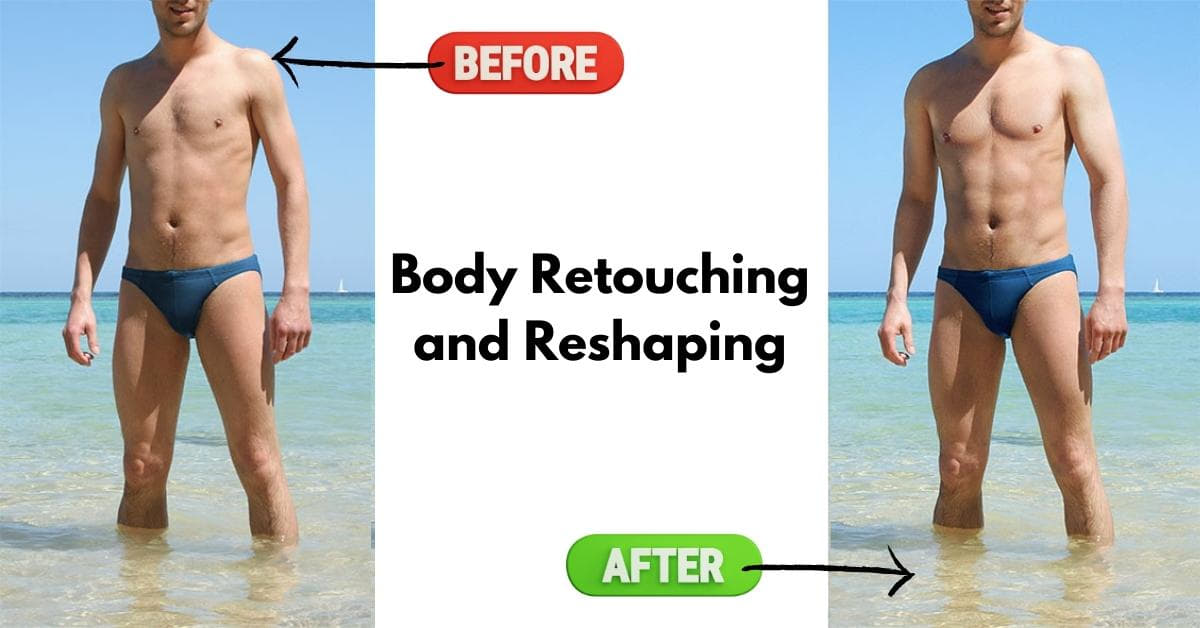In the age of digital photography and social media, the desire to present our best selves has led to the rise of body retouching and reshaping techniques. This article explores the nuances of these practices, providing insights into the art and science behind achieving a desired aesthetic while maintaining authenticity.
Understanding Body Retouching and Reshaping
Body retouching involves the enhancement or alteration of a person’s physical appearance through digital means. This can include refining skin texture, removing blemishes, and adjusting lighting to create a more flattering image. On the other hand, body reshaping goes a step further, allowing for the adjustment of body proportions, such as slimming the waist or enhancing muscle definition.
The Ethics of Body Image Enhancement
While body retouching and reshaping have become common in the digital realm, ethical considerations surround the potential distortion of reality. Striking a balance between enhancing natural features and promoting body positivity is crucial. Many argue that retouched images can contribute to unrealistic beauty standards, emphasizing the importance of promoting authenticity in visual representation.
Tools and Techniques
Numerous software tools and applications offer body retouching and reshaping features. From advanced programs like Adobe Photoshop to user-friendly mobile apps, individuals have a range of options based on their skill level and specific needs. Learning to use these tools effectively is essential for achieving desired results without compromising image quality.
Tips for Effective Body Retouching
- Subtle Adjustments: Focus on making subtle, natural-looking changes to avoid an overly edited appearance.
- Consistency: Ensure that any alterations maintain the overall aesthetic coherence of the image.
- Skin Tone and Texture: Pay attention to skin tone and texture to avoid unrealistic or unnatural results.
- Lighting Considerations: Adjust lighting to complement the reshaped features and maintain a realistic look.
FAQs
Q1: Is body retouching only for professional models and photographers?
A1: No, body retouching tools are widely accessible and can be used by anyone interested in enhancing their photos. From social media users to amateur photographers, these tools cater to a broad audience.
Q2: Are there any risks associated with excessive body reshaping?
A2: Excessive body reshaping can lead to unrealistic portrayals and contribute to negative body image perceptions. It’s essential to strike a balance and use these tools responsibly.
Q3: Can body retouching be done without specialized software?
A3: Yes, many user-friendly mobile apps offer basic body retouching features, making it accessible to those without advanced editing skills.
Q4: How can one avoid the “Photoshopped” look in retouched photos?
A4: To avoid the overly edited appearance, focus on making subtle adjustments, maintaining consistency, and paying attention to details like skin tone, texture, and lighting.
Conclusion
Body retouching and reshaping have become integral aspects of visual self-presentation. While these tools offer exciting possibilities, it’s crucial to use them responsibly, promoting authenticity and a healthy body image. By understanding the ethics, tools, and techniques involved, individuals can navigate the world of digital image enhancement and editing with confidence and creativity.
This page was last edited on 28 February 2024, at 4:44 pm
